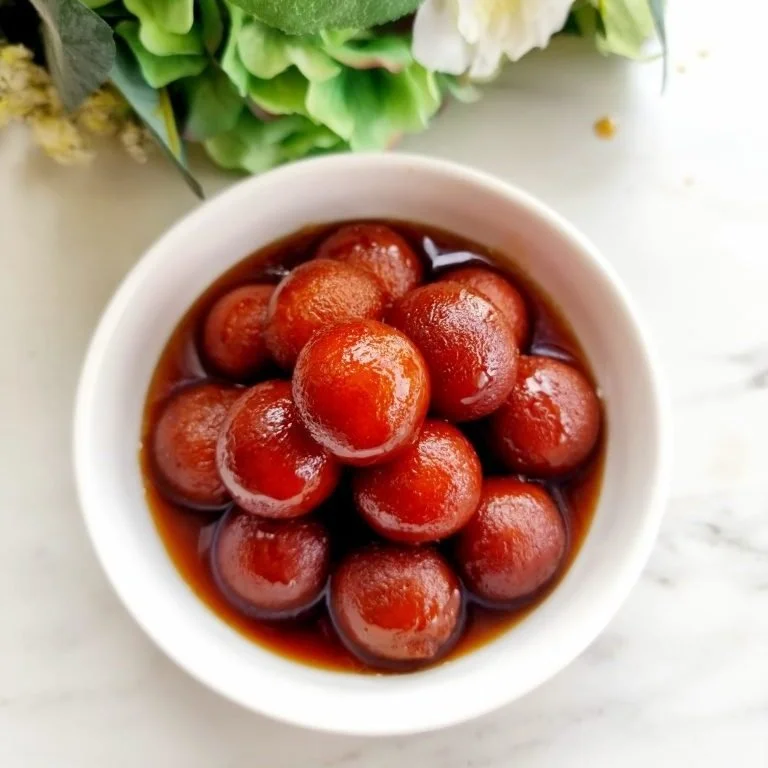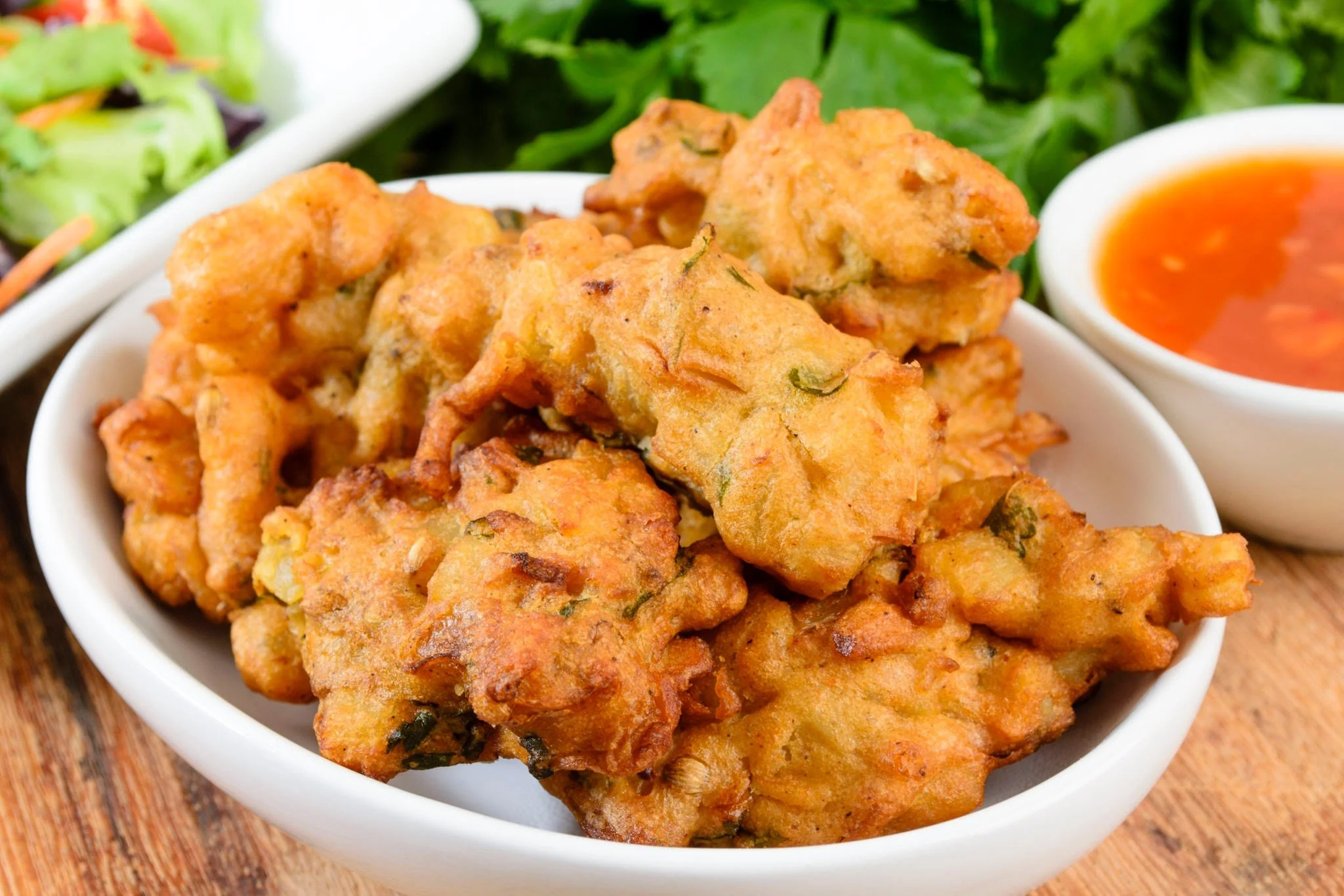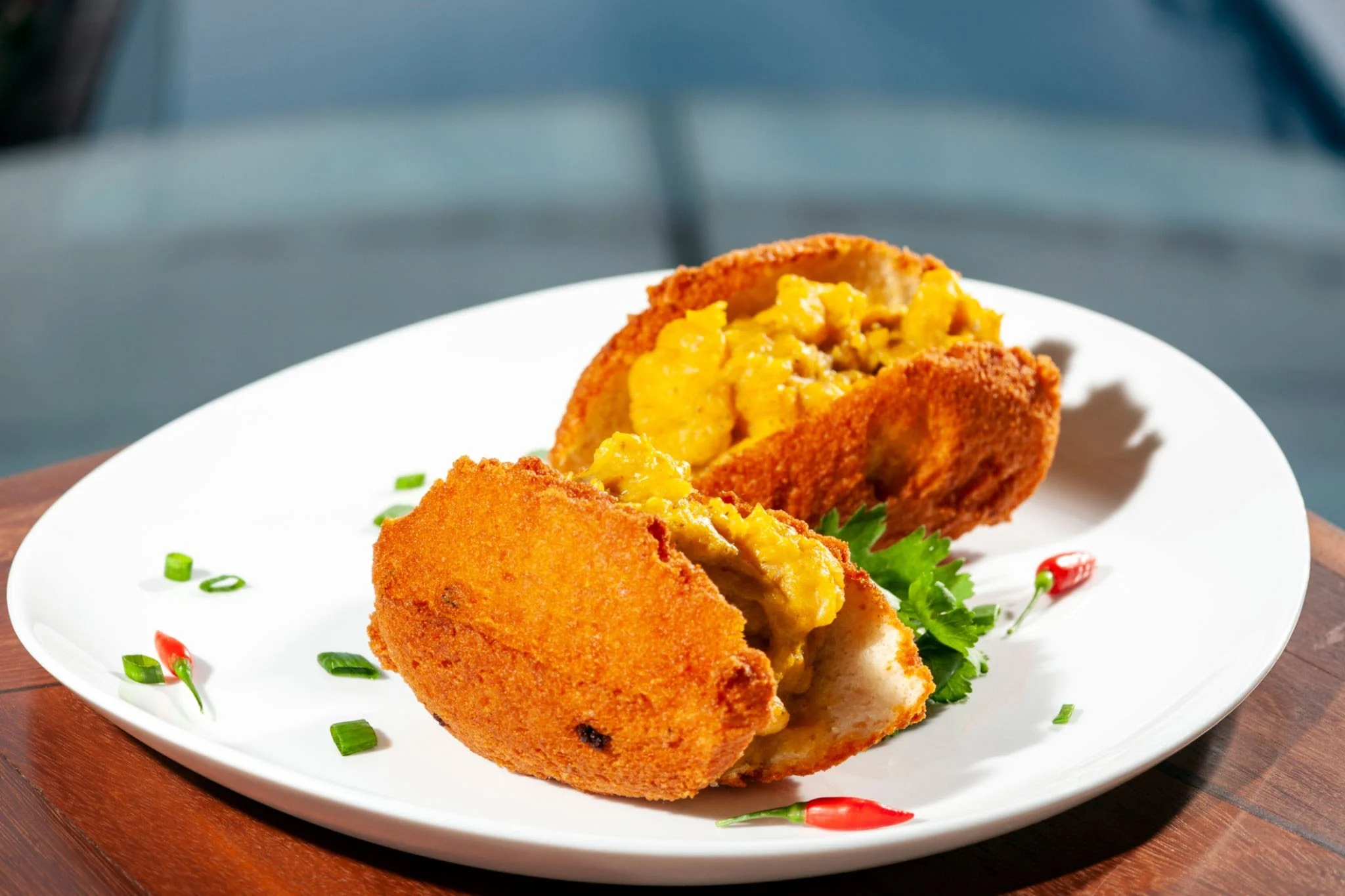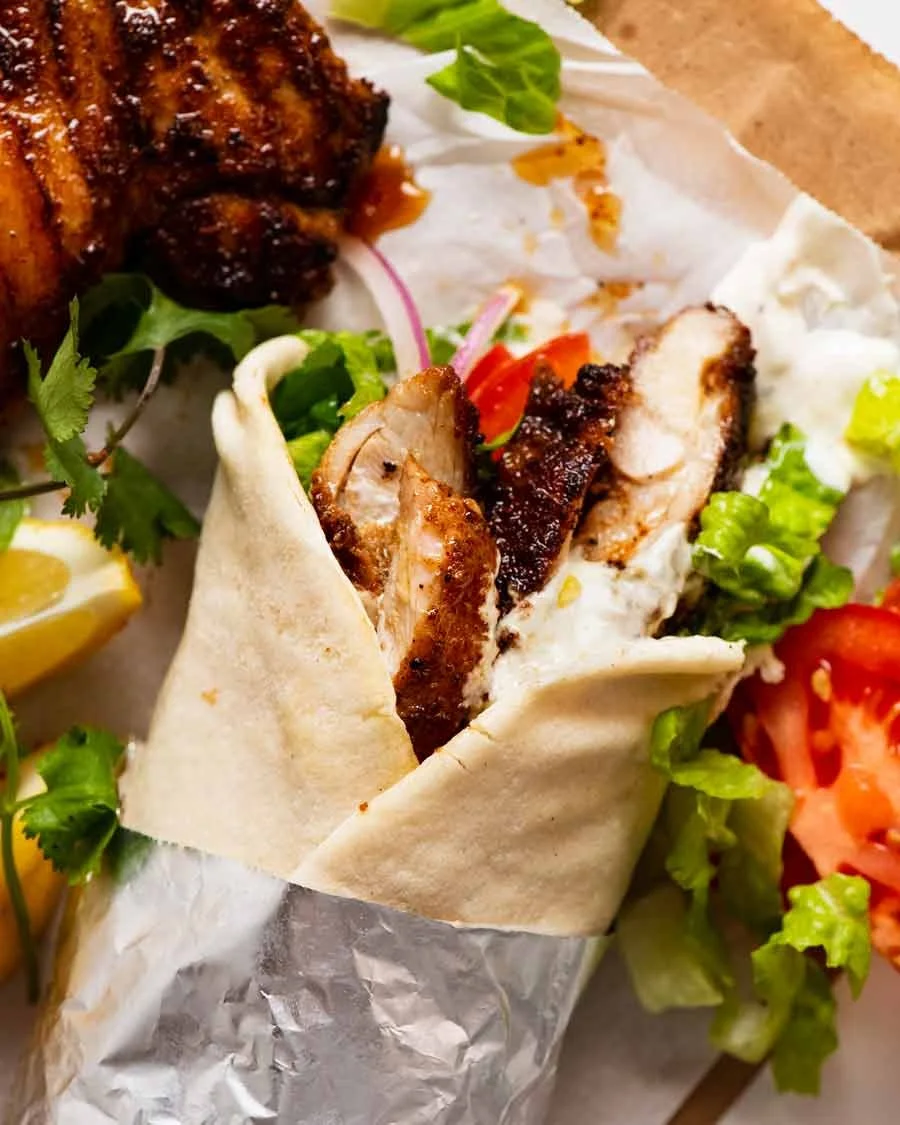Culinary Doppelgängers: Nigerian Foods and Their International Lookalikes
Whether through language similarities, shared expressions, or music, it's always thrilling to discover that, as humans, we're more interconnected than we think. I am most often reminded of this fact through food. There have been numerous occasions, while scrolling through my timeline or experiencing new things during my travels, when I thought: Wait, we have this back home!
If you're abroad, perhaps due to the Japa wave or for any other reason, and you feel homesick, seeing and eating something that reminds you of home can be a comforting experience. This realization led me to research foods from around the world that bear a striking resemblance - in taste, appearance, or both - to traditional Nigerian food and snacks.
Here are some of the most prominent examples:
1. Luqaimat
This looks remarkably like puff puff, but it's actually Luqaimat drizzled with date syrup.
The first time I saw Luqaimat in Dubai, I exclaimed, “Isn't this puff puff?!” to a bemused group of non-Nigerian friends. The preparation process, involving the batter being scooped into huge pans full of sizzling oil, immediately transported me back to Lagos. I knew I had to try it, and it soon became my favorite street food during my university days.
Luqaimat, loosely translated as "bite-size", is an Arabic sweet dumpling commonly sold by roadside vendors in Middle Eastern countries. Its ingredients are very similar to those of puff puff — flour, sugar, etc. — but, from my experience, the Arabs tend to use less sugar.
The delicious date syrup with which Luqaimat is often topped more than compensates for this — sublime! This sweet treat is often sprinkled with sesame seeds.
2. Gulab Jamun
Gulab Jamun (Credit: Prema’s Culinary)
Gulab Jamun is another puff-puff lookalike. If you've ever dined at a proper Indian restaurant, you've likely seen it as a dessert option. After tasting it for the first time, I realized it was the total opposite of puff puff in terms of texture and sweetness, as it was soaked in rosewater.
Gulab Jamun is a popular dessert across the Indian subcontinent, so you'll find it in India, Pakistan, Nepal, Bangladesh, and the Maldives. Its name comes from two words: "Gulab," which means rose in Hindi, and "Jamun," an Indian berry that the dessert resembles. Unlike puff puff and luqaimat, which use yeast, Gulab Jamun uses baking soda or powder as its leavening agent. Cardamom powder and saffron are common ingredients in Gulab Jamun.
3. Pakoda
Pakoda (Credit: Dasterkhawan)
Pakoda, or Pakora in Pakistan, is another popular street food from the Indian subcontinent. Pakoda is a general name for fritter, so it can come in various forms like onion pakodas, aloo pakodas, or onion pakodas.
If you hadn’t guessed already, I think it looks a lot like Akara. Instead of bean flour though, Pakora’s base is gram flour. In terms of taste, I’d say pakodas are also pretty similar to Akara, even though the ingredients used are quite different and there are many variations, like potato, eggplant, onion, cauliflower and even spinach.
4. Acarajé
Acarajé (Credit: Freepik)
Now, this actually hits closer to home as it can even be traced to West African origins. Acarajé is a popular dish in Brazil and a few Caribbean countries, which have a lot of descendants of enslaved people from Nigeria, Togo and Benin. Just like Akara (see the resemblance in the name?), it’s made with black-eyed beans, peppers and onions and fried in either vegetable or palm oil.
However, the big Brazilian twist is that acarajé is usually stuffed with a vatapa paste made from shrimp, palm oil, cashew nuts and so on; it’s basically like an Akara boat.
5. Thai Fried Bananas
Thai Fried Bananas (Credit: Asian Inspirations)
Thai Fried Bananas, also called Kluay Khaek or Kluay Tod, are a popular dessert or roadside snack in Thailand and other Southeast Asian countries, where it has different names.
When I had them in Thailand, they were basically served plain and looked a lot like dodo (fried plantain), but it’s more common to find it coated with a batter made of flour, rice flour, shredded coconut, sesame seeds and so on. The plain-ish ones I had in Thailand were quite sticky and much sweeter than dodo, so I imagine, with all the trimmings, it would’ve tasted much better.
6. Banana Chips
Banana chips are an Indian snack and in the UAE, where there’s a thriving Indian community, you’ll find it in most stores. Honestly, they taste almost exactly like (light-skinned) plantain chips and the only difference in flavour is the touch of turmeric, so it served as a great substitute for plantain chips till I got back home.
7. Shawarma (the original kind)
Shawarma (Credit: Recipe Tin Eats)
Technically, this is food we adopted from the Lebanese and transformed into our own version, but it’s definitely still worth mentioning. The original Shawarma is a staple across the Middle East, and oddly enough, I actually prefer it to Nigerian Shawarma (I know some of you might have my head for this).
The difference in flavour is stark, so I have a theory that you can’t like both. If you’re a fan of Nigerian Shawarma, you’ll probably think Arabic shawarma is a travesty the first time you have it, and vice versa. Arabic shawarma is an assortment of chicken, yoghurt, vegetables and lots of spices, including the prominent garlic-ginger combo.
Two things Nigerians maintained are the chicken preparation style and pita bread.
Which Nigerian food lookalikes from around the world did we leave out? Let us know!







